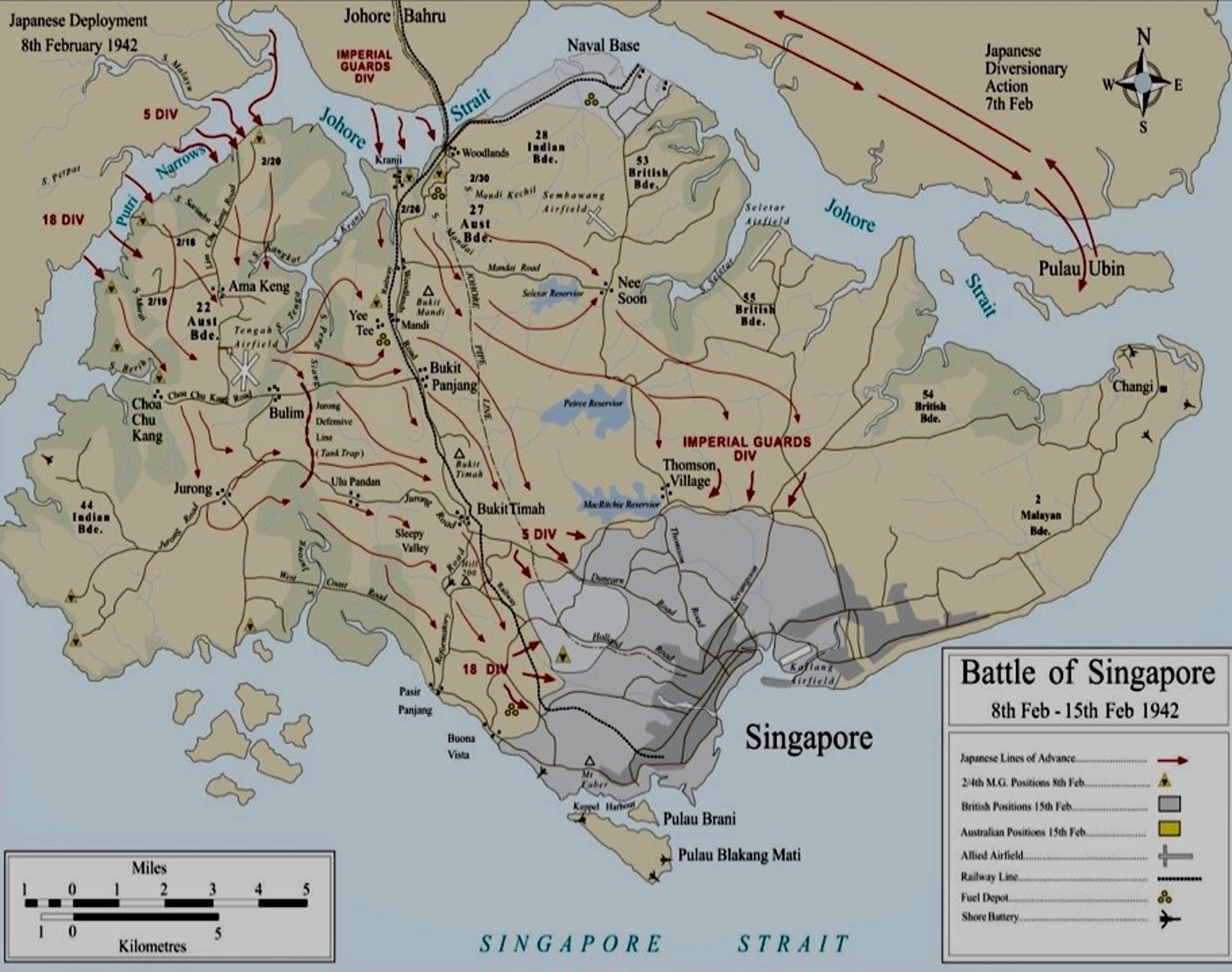
You didn’t come this far to stop
Simpson's Defensive Proposals for Singapore and Malaya - A Missed Opportunity
Episode 37: Simpson's Defensive Proposals for Singapore and Malaya – A Missed Opportunity
In this episode, we explore General Percival’s defensive strategies for Singapore and the Malaya Peninsula during World War II, focusing on recommendations made by military strategist Simpson. These recommendations were based on historical precedents and aimed to fortify Singapore's defenses against the Japanese invasion. Despite these well-considered plans, financial and logistical constraints impeded their full implementation.
WW2 HISTORYDESCENT INTO HELLIN THEIR FOOTSTEPS BLOG
Toursofwar.com
8/19/20245 min read
Understanding the Context
Historical Precedents and Strategic Insights
General Percival had access to a wealth of military knowledge and examples that informed his defensive strategies. Simpson used five historical examples to underscore the importance of preemptive and strategic fortifications:

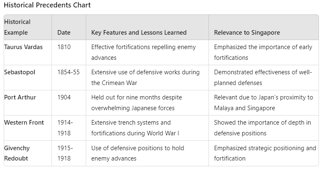
Simpson highlighted Port Arthur's defense as particularly relevant due to the similarity with Singapore's situation: a surprise attack by a nearby power with strong military capabilities.
Simpson's Recommendations for Singapore
Recommendations
1. Anti-Tank and Machine Gun Positions
Recommendation: Establish anti-tank and machine gun positions in depth across key roads, railways, and natural defiles throughout the Malaya Peninsula to prevent deep enemy penetration, similar to strategies used during the 1940 Battle of France.
Details:
Positioning: Fortifications should be strategically placed in natural defiles identified on maps.
Preparation: Detailed demolition plans for major bridges, and construction of mine chambers for anti-tank and anti-personnel mines.
Additional Measures: Flank protection through ambush points, barbed wire, tripwires, and booby traps to inflict casualties and delay enemy advance.
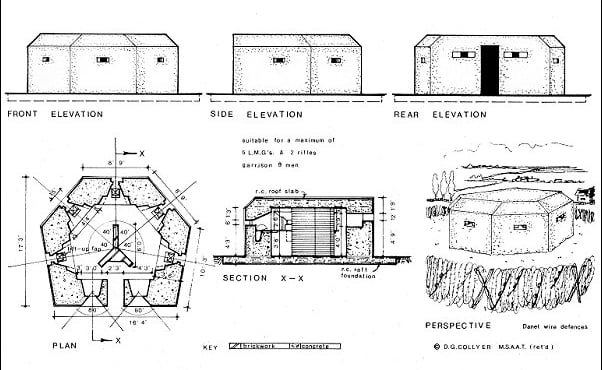


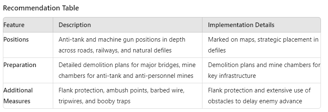
2. Flank Protection and Ambush Points
Recommendation: Implement flank protection and create ambush points to slow down and inflict casualties on enemy forces. Use anti-personnel mines, barbed wire, and traps to enhance defensive capabilities.
Details:
Flank Fortifications: Positioning should allow for ambushes and block enemy movement using mines.
Protection Measures: Installation of barbed wire, tripwires, and booby traps designed to force delays and casualties.
Ambush Points: Designated areas where forces can be positioned to ambush enemy advances.
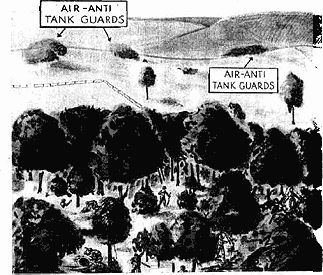

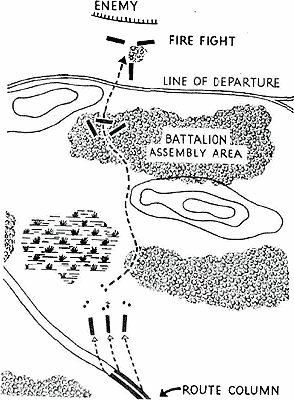

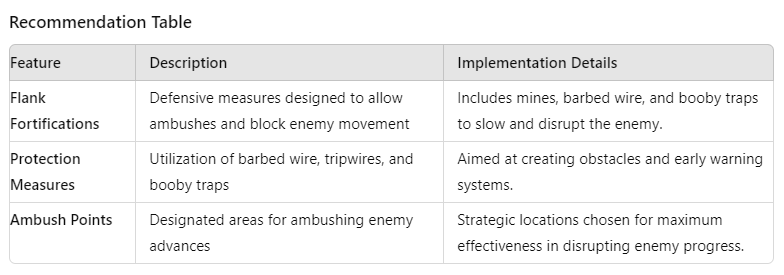

Did You Know?
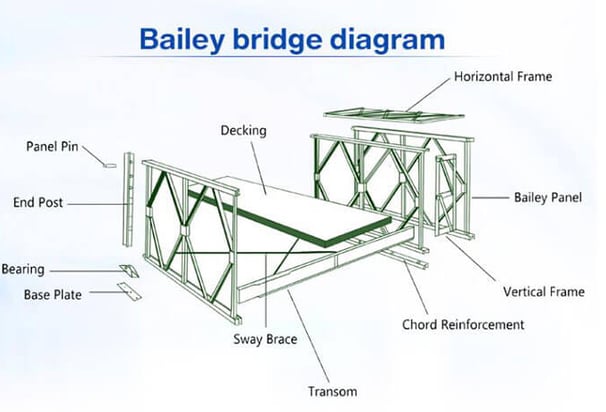

Brigadier Ivan Simpson was instrumental in modernizing British Army defenses, including the development of the Bailey Bridge, one of the most iconic engineering achievements of World War II.
3. Defense of Jarho and Bahru
Recommendation: Simpson recommended establishing a comprehensive defensive ring around strategic locations like Jarho and Bahru. Despite prior work on defenses, financial constraints limited the full realization of these plans.
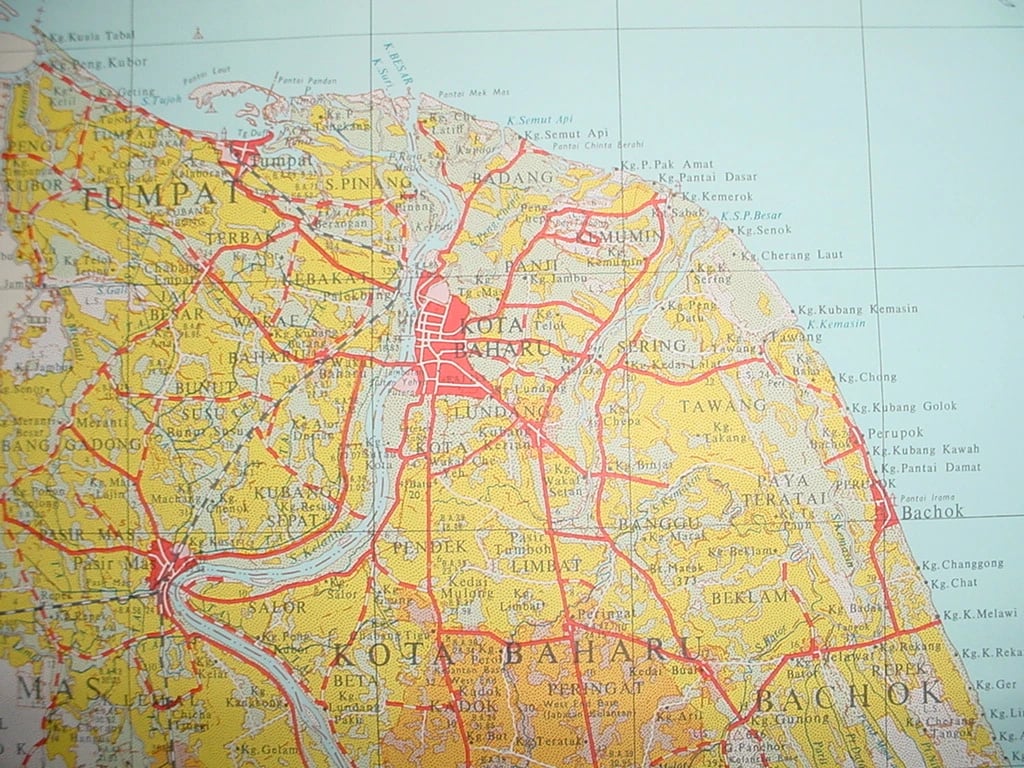

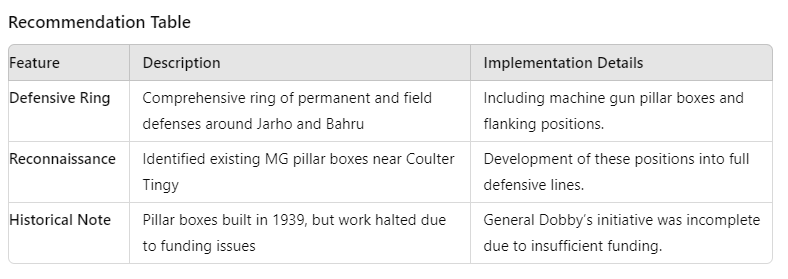

4. North Shore Defense of Singapore Island
Recommendation: Simpson’s plan for the north shore involved a comprehensive defensive system to protect against potential sea invasions. The layered defenses aimed to create a strong defensive perimeter around Singapore Island.


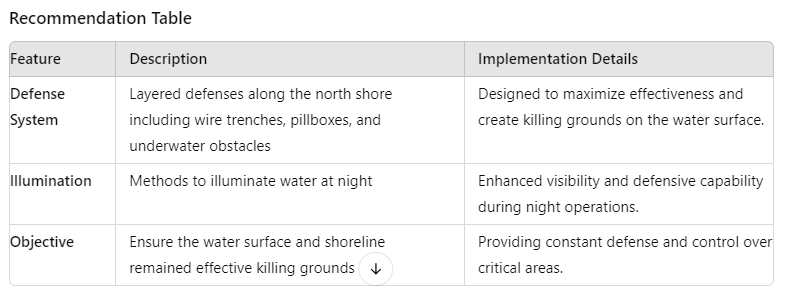

5. Guerrilla and Local Support
Recommendation: Simpson recommended leveraging local knowledge and forming guerrilla bands to operate behind enemy lines. This approach aimed to enhance intelligence and create additional challenges for the invading forces.

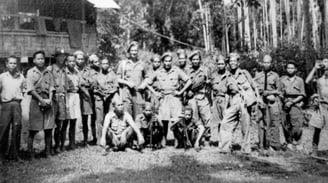


comprehensive recommendations
Challenges and Constraints
Despite these comprehensive recommendations, General Percival faced significant constraints due to financial limitations imposed by the Treasury and poor labor rates offered by the colonial office. The lack of sufficient labor and funding hindered the full realization of these defensive strategies.
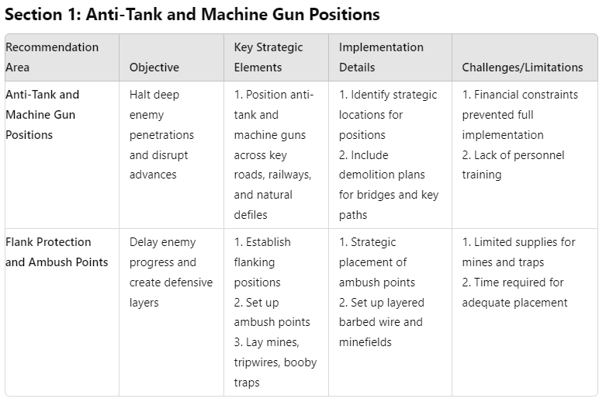

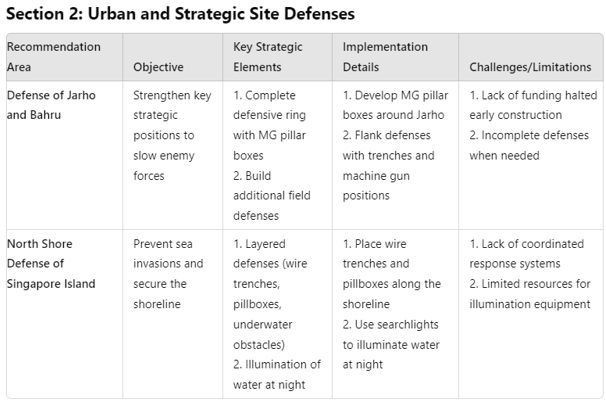

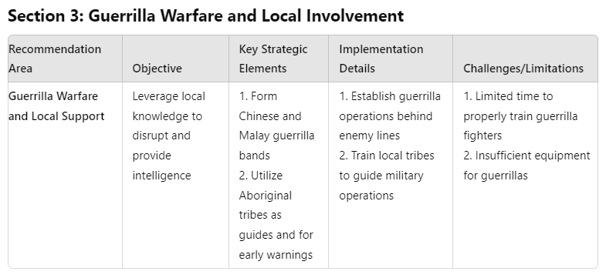

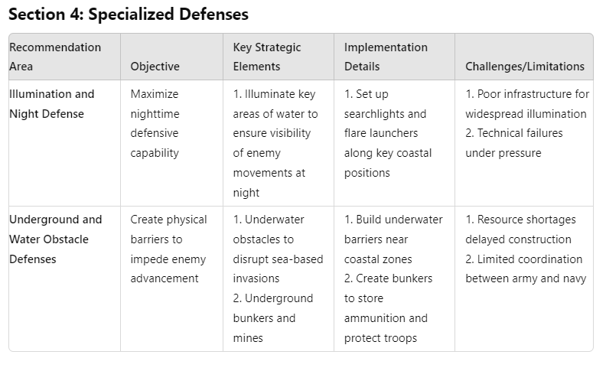

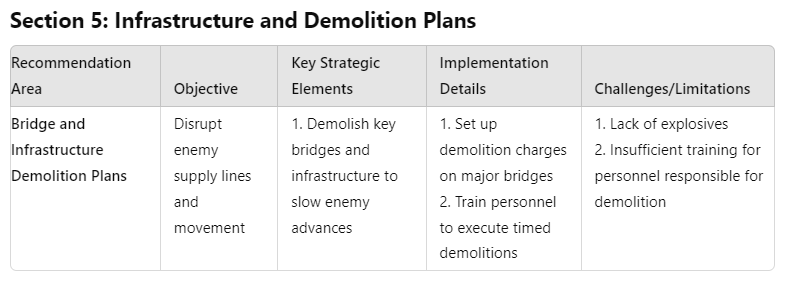

Explanation of Key Elements
Objective: This refers to the primary purpose behind each recommendation, focusing on what Simpson hoped to achieve through his strategic suggestions.
Key Strategic Elements: Highlights the critical components of each recommendation, including defensive structures, tactics, and positioning.
Implementation Details: Specifies how the strategic elements were intended to be carried out, including specific locations, techniques, and tools to be used.
Challenges/Limitations: Lists the primary obstacles and issues that hindered the successful execution of these defensive strategies, such as financial constraints, lack of resources, and incomplete planning.
Conclusion
Simpson's recommendations provided a robust framework for Singapore's defense, based on historical military successes and failures. However, the practical implementation was marred by financial and logistical challenges. The lessons from Port Arthur and other historical examples underscored the necessity of early preparation and comprehensive planning, yet the constraints of the period limited the execution of these strategies.
How You Can Help
Donations and Sponsorships: We are seeking corporate sponsorships and donations to fund ongoing restoration projects and educational programs. Your support can make a significant difference in maintaining the quality and impact of the museum.
Volunteer Opportunities: If you have expertise or time to offer, consider volunteering with us. There are many ways to get involved, from artifact restoration to educational outreach.
Spreading the Word: Share this blog and our mission with your network. The more people who know about the JEATH War Museum and its significance, the greater the impact we can achieve together.
The St Andrews Research Team is dedicated to preserving the legacy of the Thai-Burma Railway and the memories of those who suffered. We need your support to continue our work. There are several ways you can help:
Join the Cause!
If you or someone you know is interested in supporting this cause, please get in touch.
This is a chance to be part of something truly meaningful and impactful.
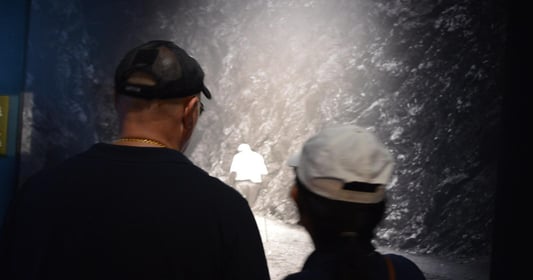

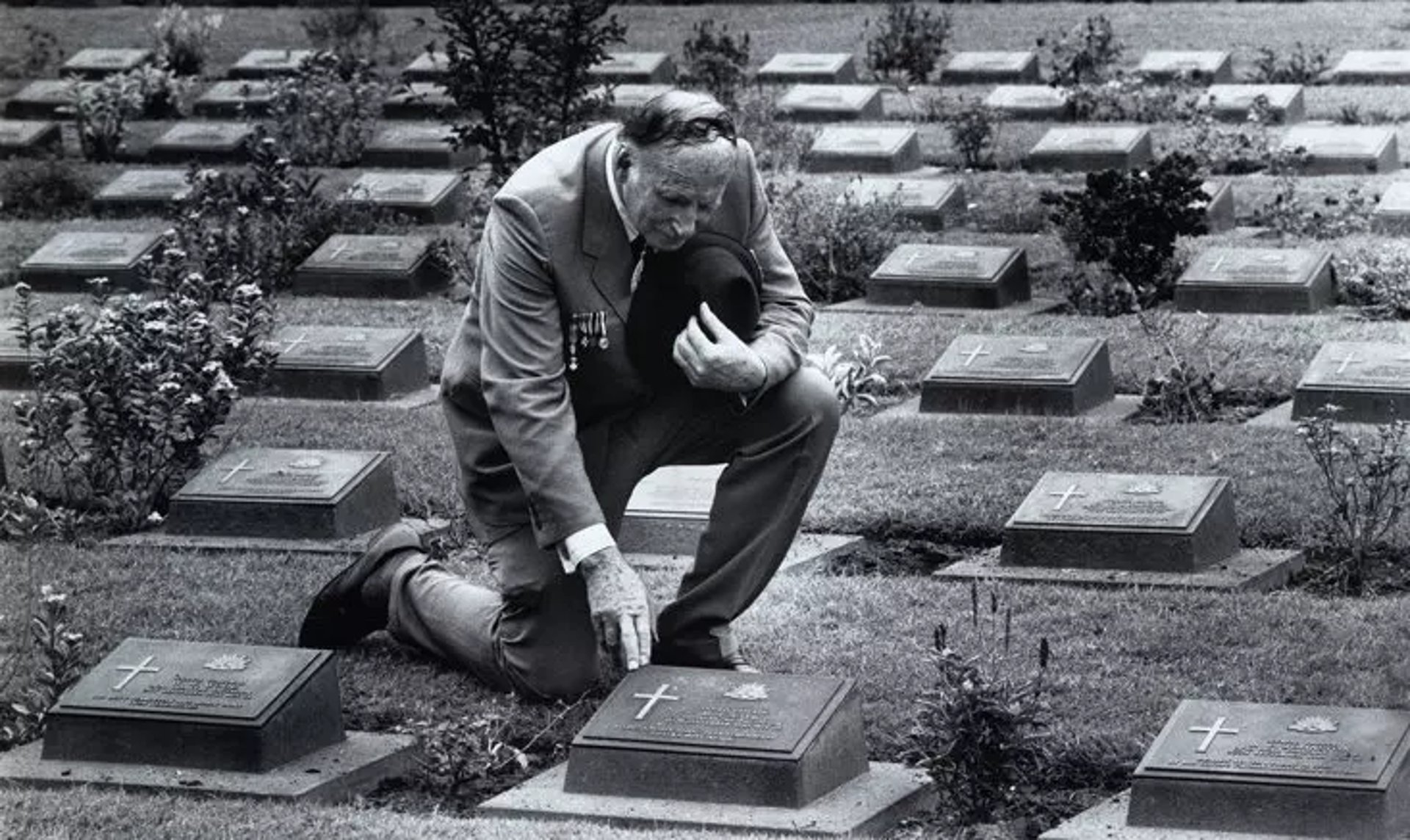
Together, We Can Make a Difference!
This is a veteran-run project, and we need your help to make it happen. Stand with us in honoring the legacy of the POWs and ensuring their stories are never forgotten.
